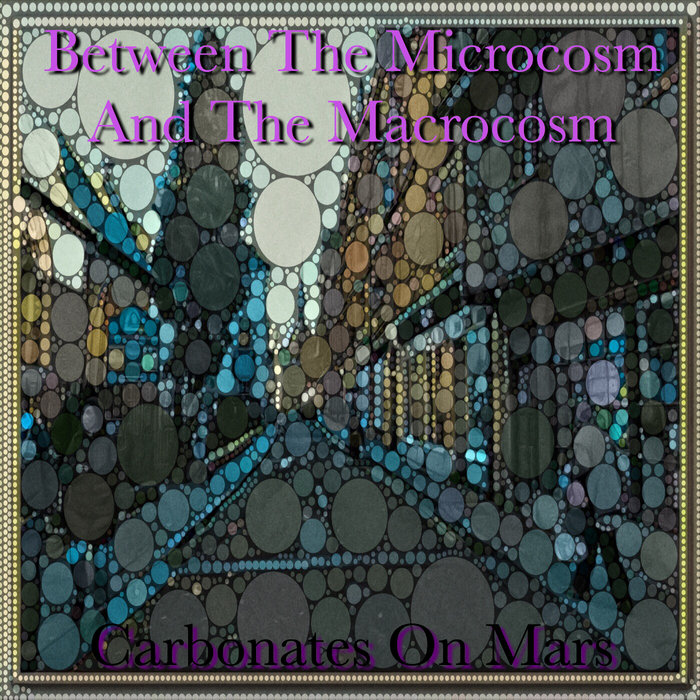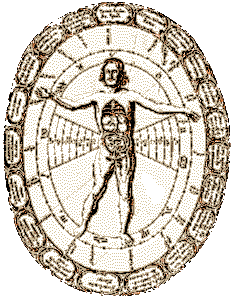

What you'll learn in this course will help you be more successful in employing a design thinking approach to create great solutions."Macrocosm" and "microcosm" are philosophical terms referring, respectively, to the world as a whole and to some part, usually man, as a model or epitome of it. You'll find that the nonlinearity of the approach, the level of ambiguity that's introduced, and the openness to input and feedback on very rough ideas can be stressful to both the team and the organization. Have empathy, make models to unpack complexity, explore solutions with prototypes and engage a team in the approach. Problems like this require a team able to humanize the problem with deep empathy and understanding, make models that unpack the complexity of the problem, and explore the solution with tangible prototypes, and a team that's able to bring many perspectives to tackling the idea. For example, whether it's GE seeking to bring a human-centered design capability into their organization, or Nike looking to empower impoverished girls all over the world.

The kinds of problems we're often asked to solve involve all of those skills sets. We have strategists, technologists, researches, designers, and engineers. So at Frog, we represent kind of a microcosm of the teams you tend to find on today's complex problems. So just as the folks in this room have thought about how you'll experience this course, they've thought about me as a person experiencing the creation of this course and if this is a good, meaningful experience for all of us, they've probably done a good job. In most problems today, the people you solve for include people within the business or in other businesses that are delivering the service as much as the end user. And by human, it's not just the people who'll use your product or service when it comes to market, often called the end user or the consumer. This human empathy extends far beyond a user insights report to impact how the team thinks about the work, how they talk about it, how they communicate with the larger organization and how they evaluate ideas. Great teams find ways to include the people who will use the product or service in the problem-solving process and integrate their needs and wants into every aspect of the work. Design thinking is very focused on making things real. And by solving I mean the end goal is to bring something to life, to bring it to market, to people, to a community. Design thinking approaches are best for solving those hard, complex human problems that don't have a linear solution that just needs to get done.

And a team that proudly shares their failures, including the ideas and the failures, is far more likely an effective design thinking team than one that doesn't. In the best teams, these tangible expressions outweigh spreadsheets and presentation decks as the primary form of communication. It helps you synthesize the key elements of what's important and communicate them more clearly, and iterate upon them and quickly change them with what you're learning. Making ideas tangible allows them to be experienced by the team, by the people who might use it, and stakeholders. It could be in a rough prototype made to explore how a product works so it can be evolved and improved, and sometimes it's even a performance of what it will be like to experience the solution. It might be exploring a complex ecosystem on the whiteboard, or it might be in a customer journey map that shows how people experience a service over time. In teams with a strong design thinking approach, you'll see people making ideas tangible. To define design thinking in the context of today's business world, it's a making-based approach to problem solving that's rooted in human empathy and done in collaborative multidisciplinary teams.


 0 kommentar(er)
0 kommentar(er)
